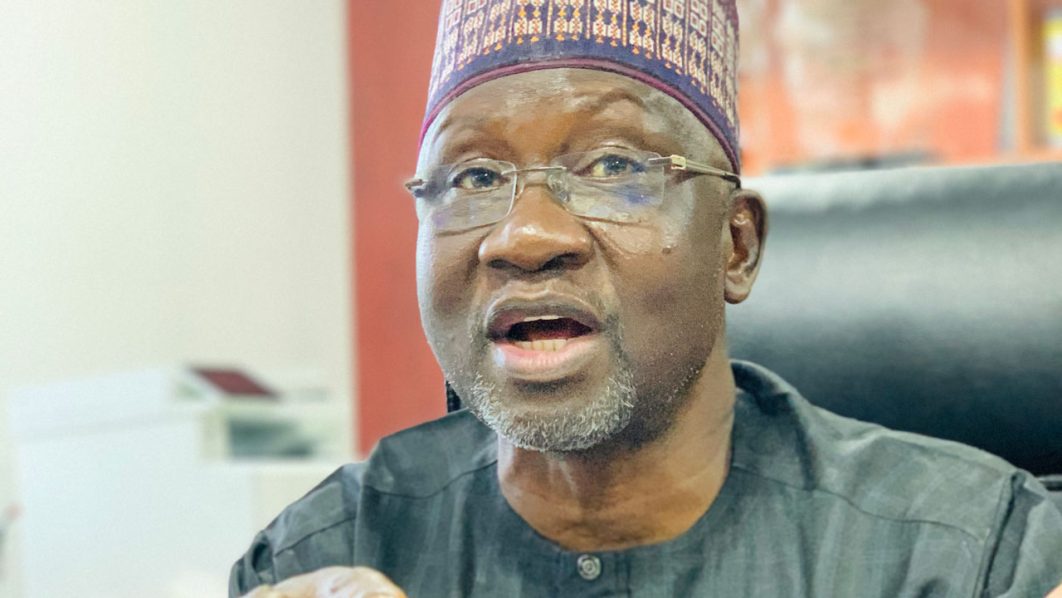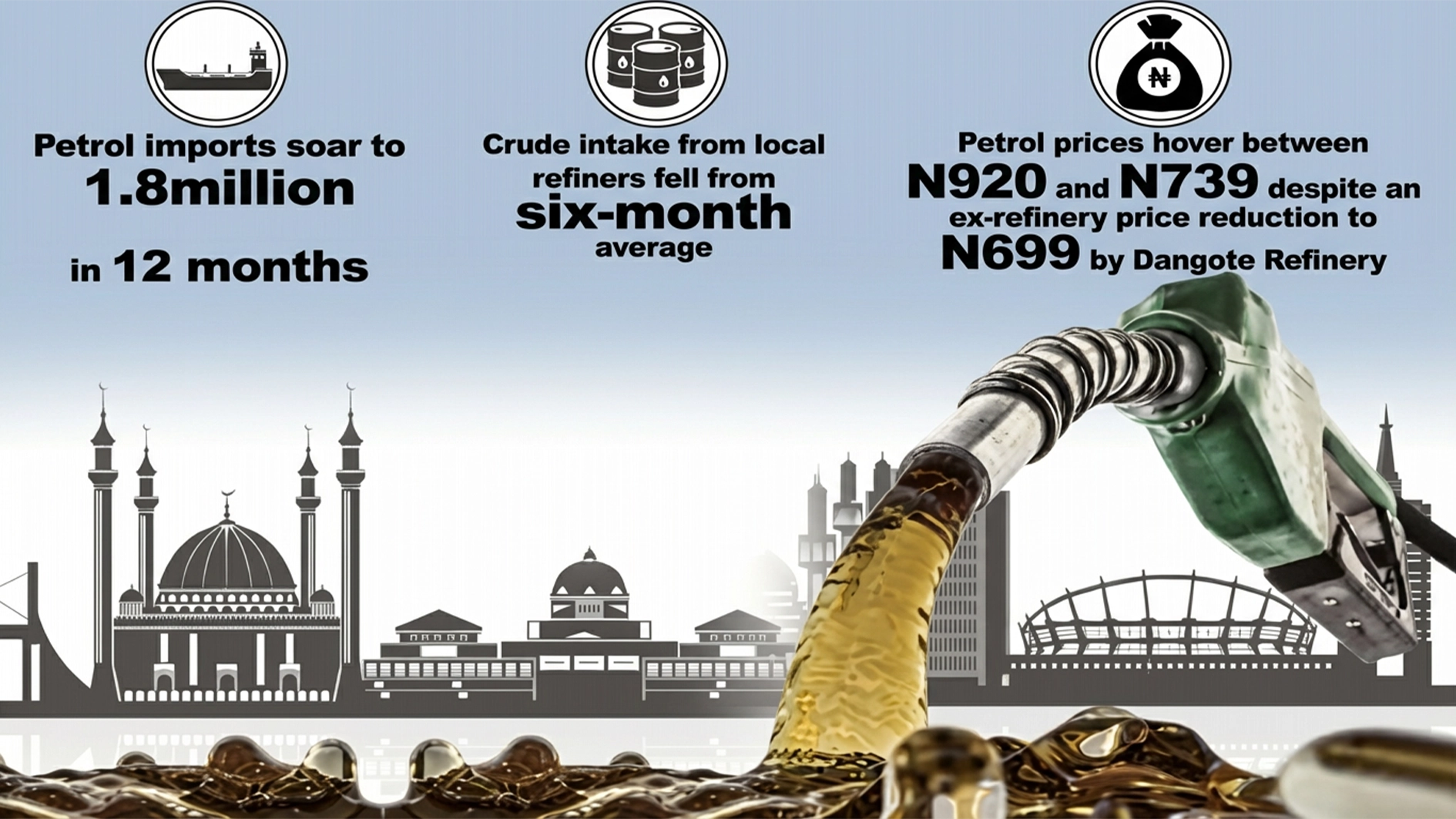
Audu Lamu is the Managing Director of Mainstream Energy Solutions, a firm directly in charge of the Federal Government’s Zungeru, Kainji and Jebba hydropower. In this interview with KINGSLEY JEREMIAH, Lamu discusses the current state of the Zungeru Power Plant, the implications of Nigeria’s reduction in electricity export amidst the foreign exchange crisis, the West Africa transmission project that connects Nigeria with other neighbouring countries and the transition of the electricity market to bilateral trading.
What has happened since the Federal Government handed over the $1.3 billion Zungeru Plant to your organisation?
When we took over the plant, it was not ready for operation. Technically, there were significant gaps, such as the absence of operation manuals and as-built drawings. Our staff lacked the necessary training due to the technological differences from what they were accustomed to. There were also challenges with the defect liability period. Ideally, the plant should have been operational for at least one year under this period to identify any defects that could then be addressed by the contractor.
However, none of this was done. Up until we took over, the plant had never been operated, except for a reliability test conducted just before our handover. This is why I said it wasn’t ready for commercial operation.
Despite the challenges, we had already committed ourselves, both financially and in terms of ensuring that Nigerians benefited from this asset. When we took over, there was water in the reservoir ready for operation, and in fact, there was spillage due to excess water, as the plant had never been used before. We decided to face these challenges head-on, taking over the operation and planning to resolve issues with the government as we proceeded.
Before operating or taking over such a significant asset, especially considering the safety challenges of managing a large dam, an assessment and audit should have been done to determine the dam’s status. This wasn’t carried out. As soon as we took over, we invited an independent consultant from Canada, a country renowned for dam operations, to assess the dam’s safety. Additionally, we engaged Afry of Switzerland, a well-known consultancy firm, to evaluate the status of the electromechanical equipment since we didn’t have the necessary manuals. Although we have only received preliminary reports, these assessments were crucial.
All these steps I’ve mentioned should have been done beforehand, including providing an environmental and social impact assessment report, which we still don’t have. This is particularly important given the need to manage flood risks affecting riparian communities both upstream and downstream.
The plant was not ready, but as soon as we took over, we initiated these assessments and began recruiting trainers from China to equip our staff with the necessary skills. They are currently undergoing training to ensure we are fully prepared to operate the plant according to best practices.
Regarding the defect liability period (DLP), it began before the plant was operational, leaving only four months remaining when we took over. It’s an aberration to expect defects to manifest when the plant is not in full operation. The four months have now passed as of August 14th. We’ve written to the government requesting an eight-month extension to the DLP, to ensure we have a full year to detect any significant defects. Although the government has agreed and written to the contractor, we have not yet received any response, and the DLP has expired, leaving a gap as we continue operating the plant. Despite this, we’ve taken it upon ourselves to train our people, with the support of the contractor, and to establish contact with the original equipment manufacturers to ensure we have access to spare parts, which were not handed over with the plant.
The plant is not operating at full capacity on the grid even though people are in darkness. What’s the sense in this?
At the time we took over, there was already an issue with the transmission line. The line is extremely congested and cannot handle the full capacity of all three hydropower plants during the normal flood season. The concern is that if all three plants are in full operation, Zungeru will not be able to evacuate its generated power effectively.
Based on the advice of the System Control Center (SCC), we are limited to 175MW, even though the line technically could take more. The risk is that if we exceed this limit and something happens to the line, it could cause a system crash. Therefore, the SCC recommended that we should not exceed 175MW, which represents just one of the four units at the plant.
Currently, Kainji, Jebba, and Shiroro are not operating at their full capacity, which gives us some leeway to introduce more energy into the grid from Zungeru. Essentially, Zungeru is now functioning as a backup, stepping in whenever the other plants experience a shortfall.
The Federal Government built this facility with economic benefits in mind. Can you explain in simple terms what the benefits are for Nigeria, especially employment and economic opportunities?
As you can see, on average, we are injecting about 450MW into the grid. This translates into significant direct and indirect employment opportunities. Direct employment includes the people working here to operate and manage the plant, while indirect employment refers to those, who are utilising the energy we generate. The number of people benefiting from 2.64 gigawatt-hours of energy is substantial, though I can’t give you an exact figure. However, considering that this represents about 10 per cent or even more of the energy demands in Nigeria, it’s no small contribution.
Currently, we’ve just taken over operations. The staffers running the plant are mainly from Kainji and Jebba, who were quickly mobilised because even if we recruited new staff today, they would still need to be trained before they could be deployed. The ongoing training here is for the existing staff, not the recruits. We are in the process of recruiting and training new staff at our academy, the Mainstream Academy at Kainji, to eventually replace those we’ve moved from Kainji.
The opportunities here are expanding rapidly. In addition to the employment prospects, there are also infrastructural improvements that need to take place to make this site habitable. Unfortunately, when we took over, we were informed that the contractor would be removing virtually everything that was in place; so, we needed to rebuild from the ground up. For example, there wasn’t even a fire station, a basic and essential facility, so we’re currently identifying a site for it. We lack clinics, laboratories, and sufficient housing for both senior and junior staff, as well as for outsourced personnel like security and drivers who support operations.
These are all significant opportunities for Nigerians. While it’s difficult to quantify these benefits in Naira and Kobo, I can confidently say that this project represents one of the biggest opportunities for employment and economic development in the country today.
Nigeria has cut export of electricity to just six per cent. How does this impact the sector when we have stranded capacity locally?
The situation is highly negative and discouraging. When you look at it broadly, it’s not just the operator who is losing out; the entire country is losing after such a significant investment. The government is not realising the full value of its investment in this asset, and the operator, who is supposed to generate energy for the grid and earn a return, is also not achieving that.
On the issue of exports, I want to emphasise that as a nation, we cannot operate in isolation. Nigeria is a big country, and it should be influential not just in size, but in its impact, particularly within West Africa. We have a tremendous opportunity to harness FX revenue generation if we manage it properly.
Although we don’t have sufficient energy for our domestic needs, we need to find a balance. Supplying power to other countries not only brings in FX revenue but also gives us economic and political influence over those nations. This kind of influence is something Nigeria desperately needs today, and it should be a matter of policy for the government.
The government should seriously consider how we can leverage our capacity to generate electricity, not just for domestic use but also for export. We have old assets in Kainji and Jebba that we are mandated to recover. Since we took over, we have been working on restoring their capacity, and we’re also expanding in Kainji. However, 99 per cent of the equipment we need is not manufactured in Nigeria. How do we obtain the necessary FX to purchase these offshore items? It’s not available. Even if we have the naira, the FX required for purchasing equipment and services abroad is not there.
I suggest that the government should allow a reasonable amount of energy to be sold to international customers, even if it’s just to generate FX inflows. This would reduce the pressure on the FX market in Nigeria, so we wouldn’t have to compete with others in the market for foreign exchange. It would enable us to carry out capacity recovery and expansion without depleting local FX reserves.
Additionally, what message are we sending to international investors, who are interested in coming to Nigeria? How can they invest, knowing that much of the investment will be in dollars, euros, yen, or other foreign currencies, and then face constraints on generating FX revenue? This makes it difficult to attract partners willing to invest in developing other assets in Nigeria.
Currently, most hydro development projects are still government-driven, relying on sovereign loans from countries like China to build dams. This shouldn’t be the case. Private investors should be able to bring in investments from abroad, and the only way to make that happen is by having a viable corridor for exporting power and securing FX inflows.
Ongoing international transmission projects called the North Core intend to increase and enhance electricity trade among Niger, Nigeria, Benin and Burkina Faso. What are the success possibilities if we are already cutting down exports since the project was designed around Nigeria?
There’s no possibility of success if the current situation continues, and this will significantly impact the investment. The North Core project, which you mentioned, is already facing delays. One of the primary reasons is the lack of financing, and a key factor behind this is Nigeria’s failure to meet its obligations to complete its portion of the project. This delay means that those who have already invested in the project are at risk! The expected flow of energy was supposed to originate from Nigeria, passing through the country to Burkina Faso and Ghana. This was why I emphasised the need for us to get our act together to capture this market.
The advantage of this regional interconnection is that it provides energy security. Even if there’s a crisis, you can import energy. The entire West African power market was designed with Nigeria as the central hub, with energy flow expected to come from Nigeria. However, right now, the project is off track largely because Nigeria is falling behind.
Do you think the recent order that ushered in bilateral trading in the sector is a game changer?
Yes, that is our expectation and hope as the market evolves from a vesting contract market to a bilateral one. We anticipate that distribution companies, which are the primary bulk purchasers of power, will be able to meet the market conditions and adhere to the rules and regulations. Compliance is crucial because, without it, no generator can sell power to them.
What we are currently observing is that these companies are starting to adapt because they have no other option. They need to approach generators like us to purchase power, even in small quantities, provided they can strategise effectively. If they have customers, who are willing and able to pay, they can buy power from us directly. To do this, they must ensure they have a bank guarantee in place, as it’s a market requirement to have a three-month bank guarantee.
Right now, distribution companies are coming to us, expressing interest in buying power. Whether they will be able to comply with all the conditions is yet to be seen, but that is our hope.
Looking ahead, we envision a dual approach where we don’t just sell to distribution companies but also directly to other customers, particularly industrial users, who can pay and expand their businesses.






